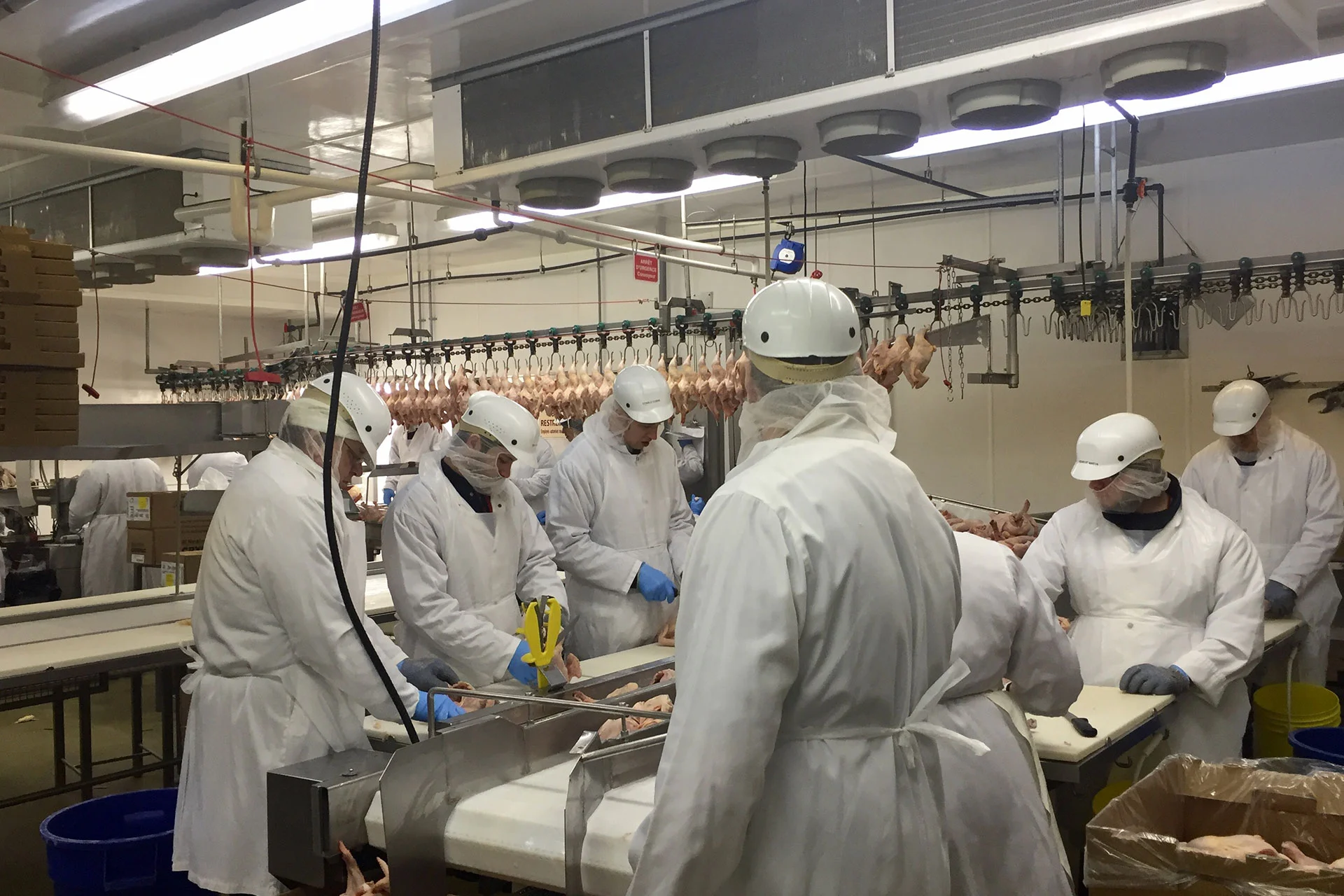If there’s one constant in today’s manufacturing world, it’s that customers expect more for less. These expectations usually include demands for better products, lower costs, improved quality, or quicker order fulfillment.
On the other side of this coin, top management constantly pressures factories to deliver quality products at lower costs. In 2020, managers will need to achieve all these results while maintaining worker safety and job satisfaction. One way to get ahead of these requirements is by using production monitoring.
The Future Arrives
To deal with many competing forces, the successful factory manager of 2020 must look to better, faster, and more meaningful factory information and data. Industry in 2020 must build on the principles of lean manufacturing, continuous improvements, and ERP. Production monitoring, smart factories, and Industry 4.0 are pointing the way.
Historically, production and operating data were collected manually, either by machine operators or by engineers walking the plant floor. With the advent of improved wireless sensors, the Internet, the cloud, and interconnected devices, the job of production monitoring was assumed by machine sensors linked through wireless networks to computers.
Examples abound. Companies such as Process Technologies Group (PTG) of Warrenville, Illinois, apply this technology to ensure quality products. PTG implemented inline monitoring to detect tiny defects in high-volume stamping operations. If QA inspections are done manually, the process is tedious and time-consuming. Using production monitoring, PTG achieved significant labor savings and improvements in cycle times.
Industry experience has shown that wireless performance monitoring improves overall factory results as reflected in indicators such as OEE (Overall Equipment Effectiveness). For example, Worximity incorporated its TileConnect and performance monitoring tools into a group of food companies’ processes to demonstrate the benefits of process monitoring. These companies saw improvements in both OEE and related cost savings.
Furthermore, according to a survey of 254 respondents conducted by engineering.com, “Operations that use analytics in conjunction with networked production monitoring are much more likely to report strong OEE than those with less developed monitoring strategies …” At the same time, the study revealed that the amount of data collected was sometimes overwhelming and cumbersome to manage. As a result, data use was sub-optimized, and although a great deal of value was produced, some valuable information was wasted.
New Developments
Factory managers looking ahead to 2020 can anticipate new developments in AI (Artificial Intelligence), machine learning, improved sensors, optical systems, and deep-dive analytics. System implementation is only the beginning. Utilizing more advanced analytical techniques and sensors can unlock value from systems already in place.
For example, by developing predictive maintenance capabilities, companies can reduce machine downtimes. Machine sensors are available to record vast numbers of equipment operating characteristics. Conditions such as vibration, temperature, stresses, feeds, speeds, and torques can be collected and analyzed to anticipate impending machine failures. Preventative maintenance can be scheduled and unexpected breakdowns avoided using this data.
Machine learning (ML) is another system feature factory managers can turn to in 2020. Developed as a component of AI, machine learning uses inference, patterns, and its internal logic to create unique algorithms for problem-solving. These systems are designed to learn from “experience” (i.e., incoming data) and then use this learning to develop solutions unique to a specific customer. The internal “machine-learned” algorithms are then applied to incoming factory monitoring data, and reports are generated that guide production line decision-making.
Maintaining a safe working environment will also remain an important responsibility for every manager in 2020. Application development has reached the point that wearable wireless sensors capable of detecting unsafe working conditions can be implemented into a factory’s monitoring systems. Trip and fall detection, toxic fumes, temperature extremes, and other measures can all be integrated into factories’ monitoring design schemes in 2020.
Today, we are at the threshold of a new age in factory automation and management. Devices and systems have been developed to provide unheard-of amounts of high-quality information for today’s production manager. Stepping across that threshold should be on the agenda of every factory executive for 2020. Worximity, with our Smart Factory Analytics, TileConnect, and Performance Monitoring Tool suite, can be the monitoring solution that gets you to that goal.

















